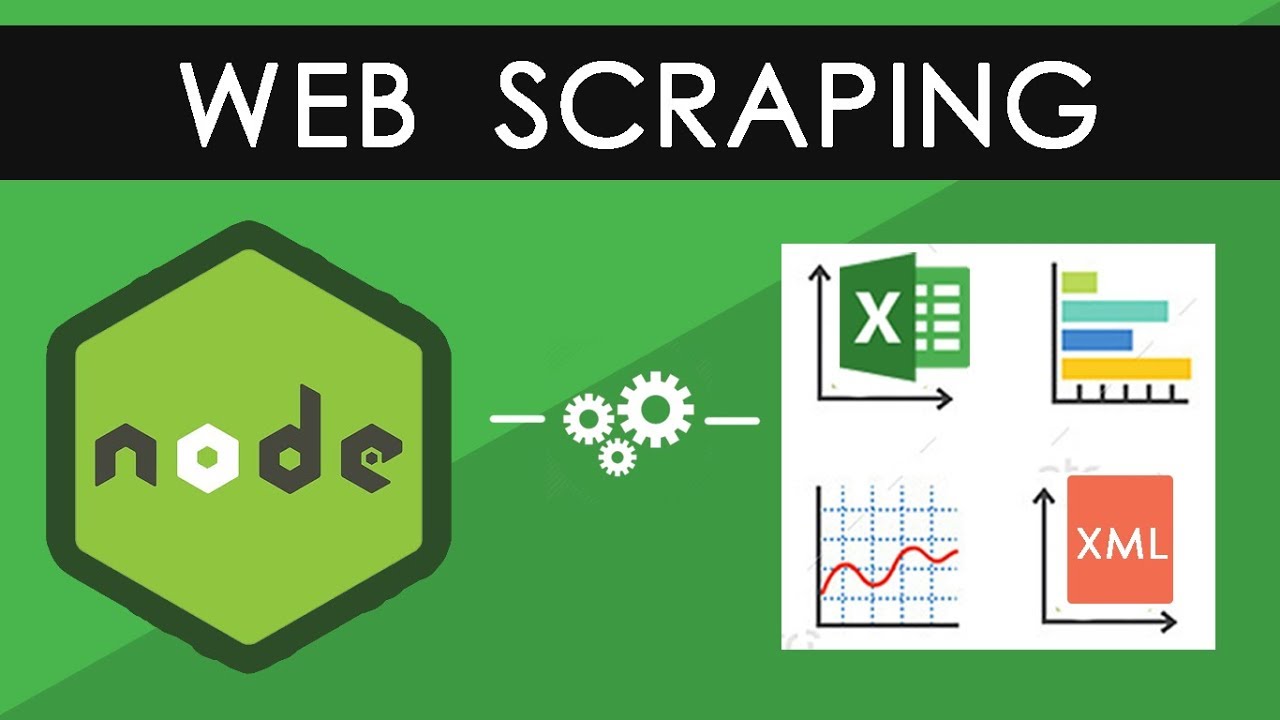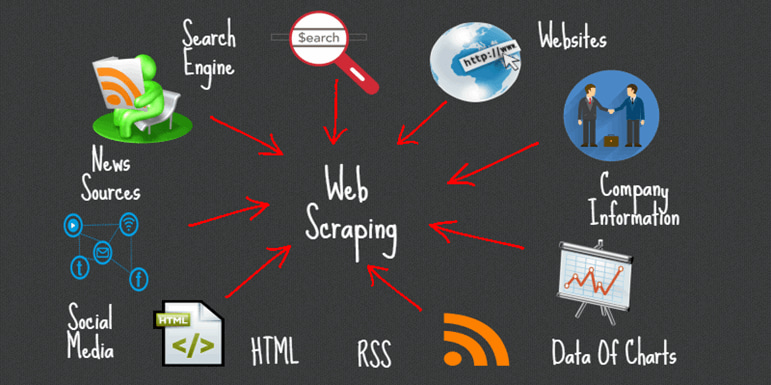
I was set to graduate a semester early so I made it a goal to land a full-time job by December. When I was looking for my first job, I was heading into my senior year of college. Most importantly, I'll share how I leveraged those lessons to ace my interviews and land a job offer. I'll explain what exactly I built and the key lessons I learned. In this article I'll share how I built a web scraper to help me land my first job in tech. These hurdles can be difficult to overcome. On the other you have to prove that your technical skills can do the job you're interviewing for. On the one hand you have to answer interview questions well, like any other job. Landing a job in tech can feel even more challenging. But that means you also won't get an opportunity to gain that experience (like a job). Employers often tell you that you don't have enough experience for them to hire you. You can find the complete source code used for this tutorial in this GitHub repository.Landing any job, let alone a first job, can be a difficult process.

We looked at scraping methods for both static and dynamic websites, so you should have no issues scraping data off of any website you desire.
#WEBSCRAPER APP HOW TO#
In this tutorial, we learned how to set up web scraping in Node.js. We then use Cheerio as before to parse and extract the desired data from the HTML string.

This code launches a puppeteer instance, navigates to the provided URL, and returns the HTML content after all the JavaScript on the page has bee executed. Specifically, we’ll scrape the website for the top 20 goalscorers in Premier League history and organize the data as JSON.Ĭreate a new pl-scraper.js file in the root of your project directory and populate it with the following code: // pl-scraper.js const axios = require ( 'axios' ) const url = '' axios (url ). To demonstrate how you can scrape a website using Node.js, we’re going to set up a script to scrape the Premier League website for some player stats. Scrap a static website with Axios and Cheerio You may need to wait a bit for the installation to complete as the puppeteer package needs to download Chromium as well. Puppeteer: A Node.js library for controlling Google Chrome or Chromium.Cheerio makes it easy to select, edit, and view DOM elements. Cheerio: jQuery implementation for Node.js.Axios: Promise-based HTTP client for Node.js and the browser.
#WEBSCRAPER APP INSTALL#
Next, install the dependencies that we’ll be needing too build up the web scraper: npm install axios cheerio puppeteer -save Getting startedĬreate a new scraper directory for this tutorial and initialize it with a package.json file by running npm init -y from the project root.
#WEBSCRAPER APP UPGRADE#
This page contains instructions on how on how to install or upgrade your Node installation to the latest version. To complete this tutorial, you need to have Node.js (version 8.x or later) and npm installed on your computer. At the end of it all, you should be able to build a web scraper for any website with ease. We’ll examine both steps during the course of this tutorial.

The process of web scraping can be broken down into two main steps: This eases the process of gathering large amounts of data from websites where no official API has been defined.

Web scraping refers to the process of gathering information from a website through automated scripts. You will need Node 8+ installed on your machine.


 0 kommentar(er)
0 kommentar(er)
